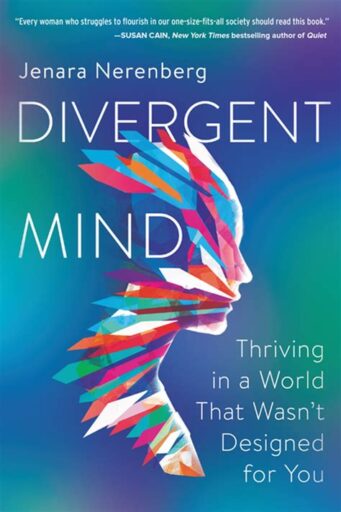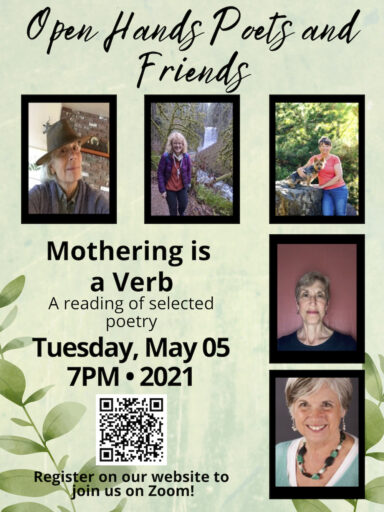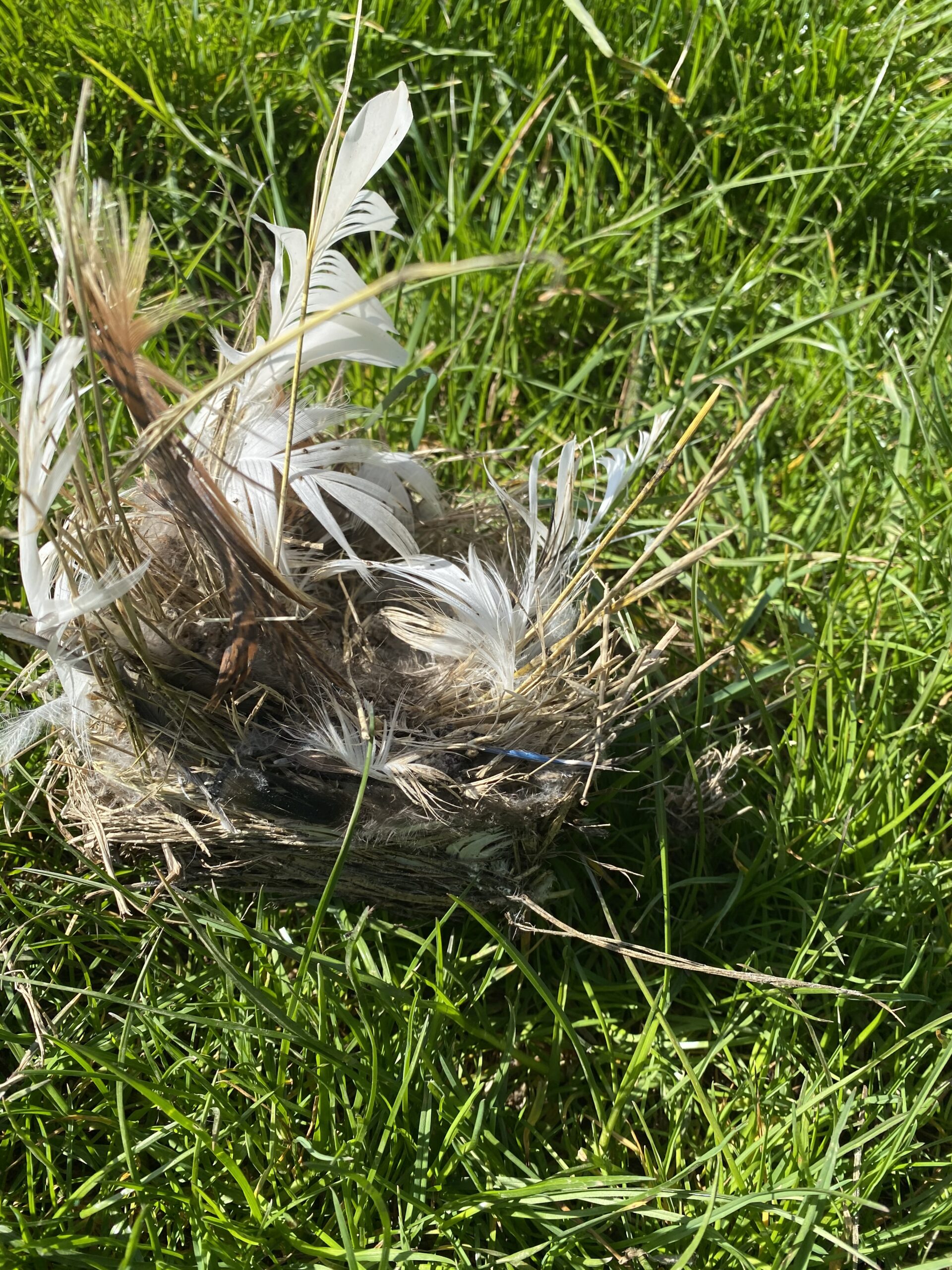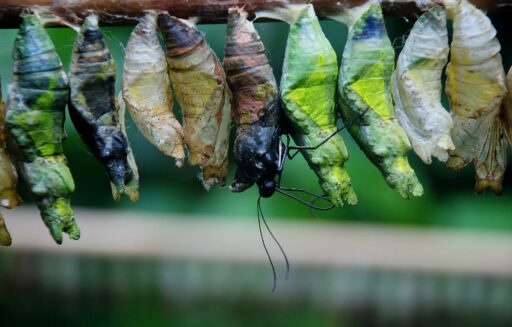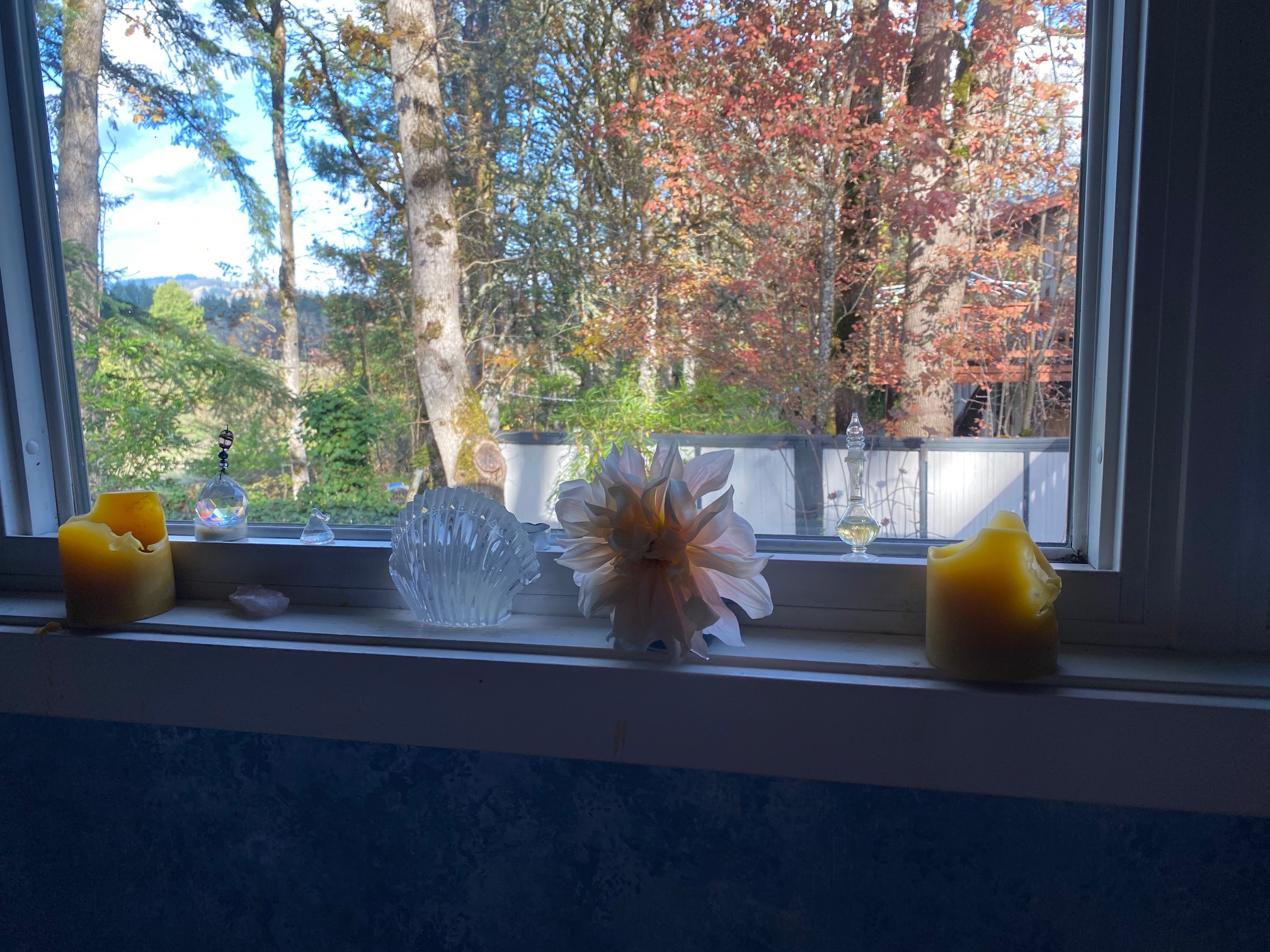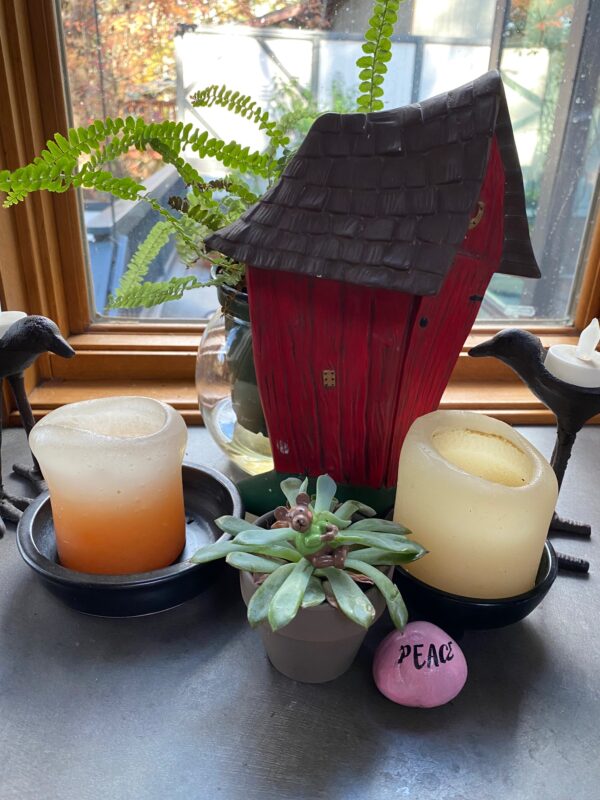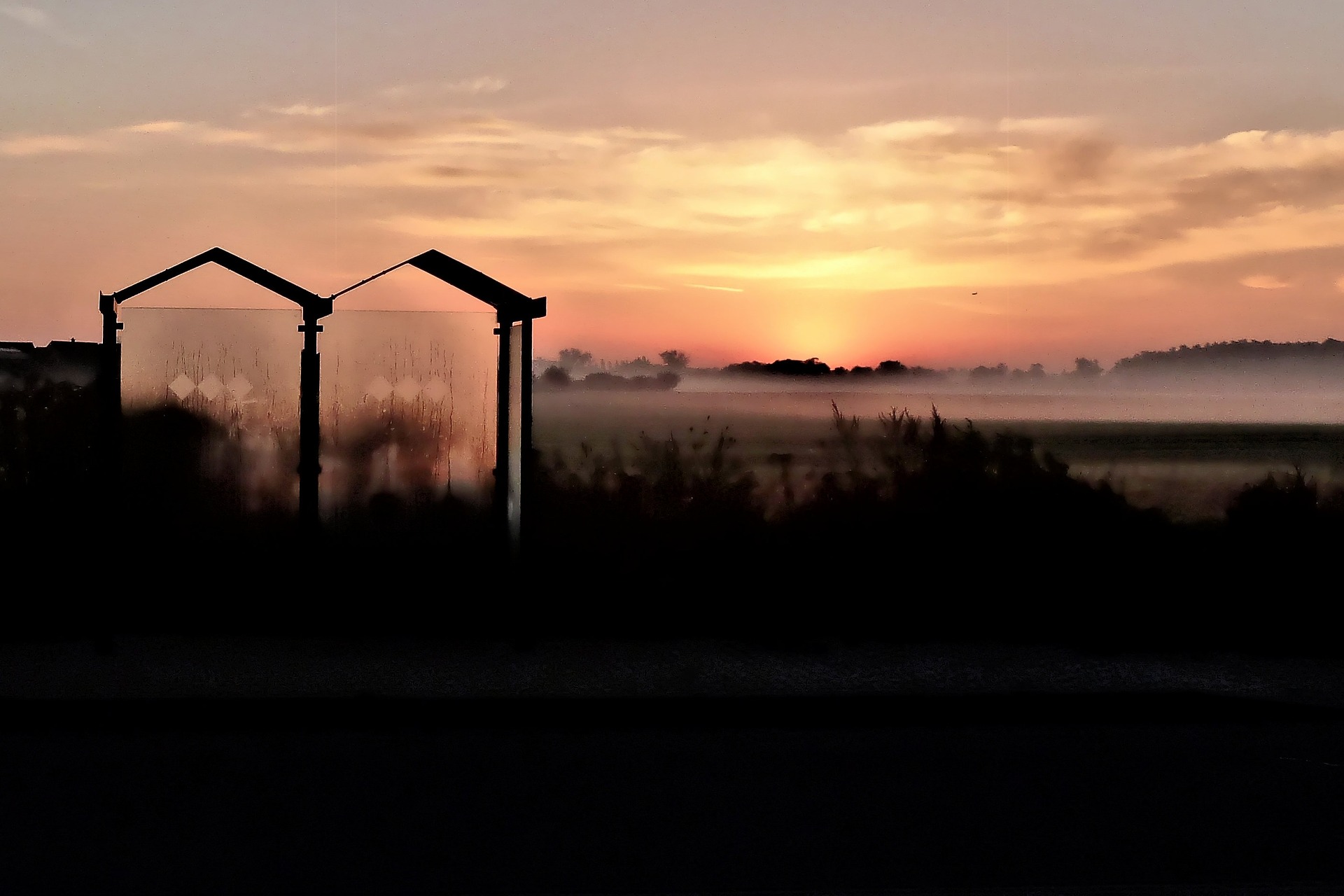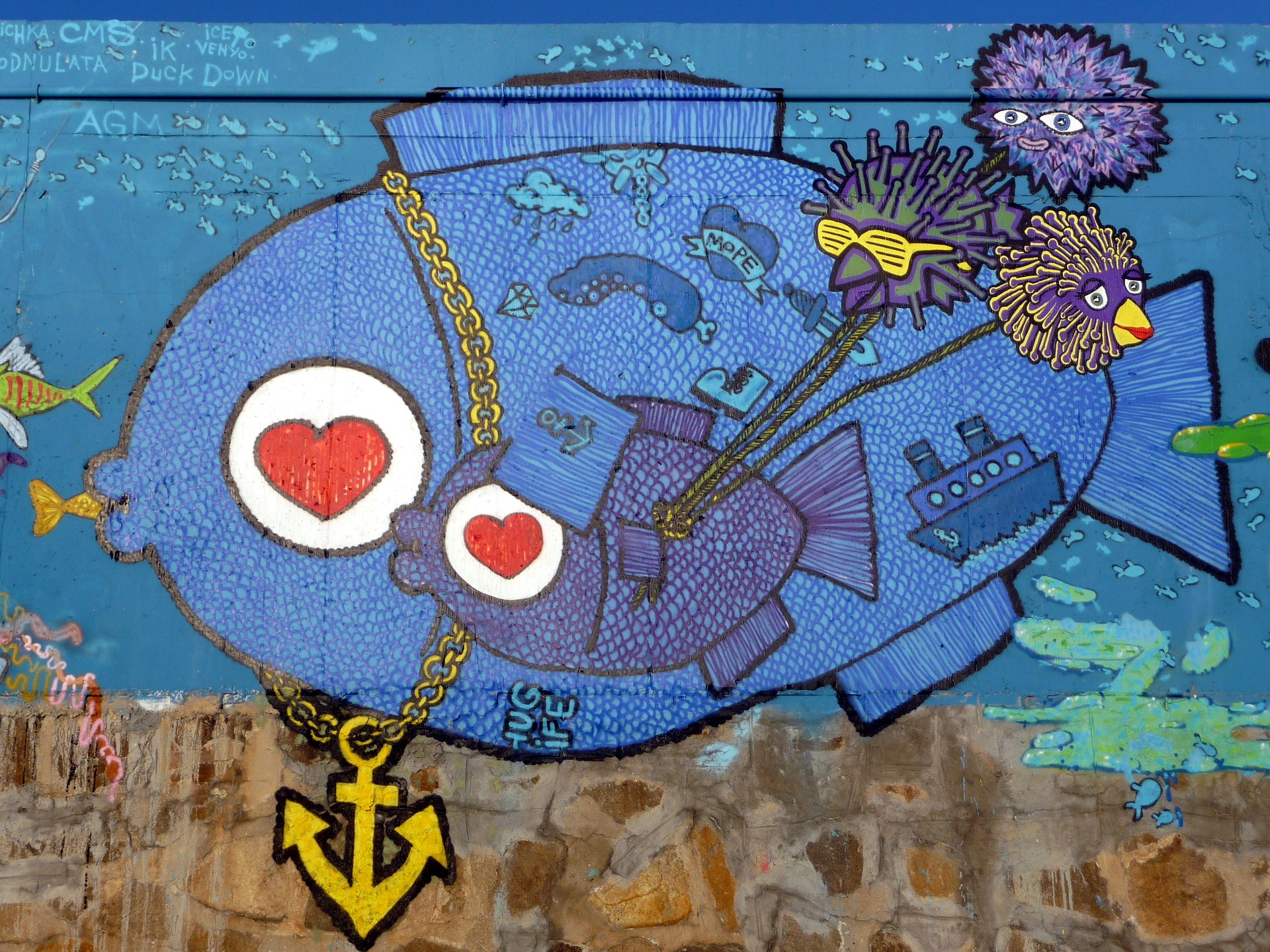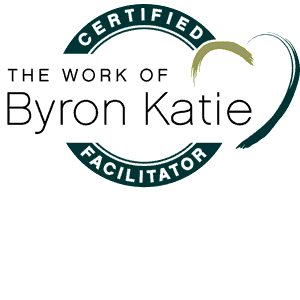We human creatures are moths drawn to the magic of light. We have always come together during these short days to celebrate light and to remind ourselves that the dark will not last. So the final insult of 2020 is not being able to share that comfort at a time when so many of us are facing loss, stress, and disconnection. And yet here we are. Groping our way through the unknown without the traditional comforts of celebration, song, laughter, and prayer within our larger human community.
From Christmas celebrations of nativity scenes and candlelight to Dewali’s Festival of Lights in India to neo-pagan solstice celebrations, we have always derived comfort from the light during the darkest time of year. (Even the anti-holiday Festivus, which began knee-deep in the irony of Seinfeld sarcasm has quickly become a holiday with its own rituals and an invitation to create new ones, which will probably involve twinkling lights.)
If there was ever a year for a light in the darkness, this is it. But while we may long for the nostalgic holidays of our real or imagined past, the reality is that, no matter how we struggle to make this season the same, it’s just not. The shared repetition of our little and big rituals is missing. And it’s tempting to just skip it altogether. But that’s even sadder. However, there is some good news, a little glimmer of light. Now that the mold is broken, we have a chance (and every excuse) to slow it all down, to simplify, and to create something more personally satisfying.
I don’t usually pay much attention to the liturgical calendar of traditional Christianity as I’m not a traditional Christian (whatever that is). But I have found deep meaning in two of the less familiar rituals of the season. One, Advent, anticipates the season, and the other, Epiphany, closes it. I first discovered Advent because it involved chocolate and ticking off things on a calendar, two of my favorite things. But while I was frequenting a monastery during this season a few years back I realized there was more to it.
During Advent, the four weeks before Christmas, is a ritual time of patience, a time of waiting. Each week focuses on a theme: hope, peace, joy, and love. As the candles burn the light gets brighter by the week until Christmas itself, when the Light of the World is celebrated. I’ve heard it described as a deepening of the relationship with the divine, of that which passes way beyond human understanding.
I find myself returning to this practice with a new focus this year. The beauty of this ritual is that it doesn’t need crowds of people. I can meditate alone on these things or share with my pod or my family. And because Advent is ultimately about “Longing for Union with the Possible,” when has there been a better time to do that?
As I light my candle to peace this morning, I notice that it’s already here, and I say a prayer that each of you will find hope and patience in your lives each day while we wait for the light to return.
From my hearth to yours,
Susan Grace
Image by Gerd Altmann from Pixabay
 r introverted or sensitive self. Then start where you are. Claim a space (or a time) wherever you are to ground and center. Even a small corner of your apartment or bedroom works to start. Check out ideas and links here to create a “virtualMindSpa:” (with thanks to Oregon State University’s CAPS program). Later, as you move into new or bigger spaces, you may find the idea has expanded, as it did for me.
r introverted or sensitive self. Then start where you are. Claim a space (or a time) wherever you are to ground and center. Even a small corner of your apartment or bedroom works to start. Check out ideas and links here to create a “virtualMindSpa:” (with thanks to Oregon State University’s CAPS program). Later, as you move into new or bigger spaces, you may find the idea has expanded, as it did for me.

